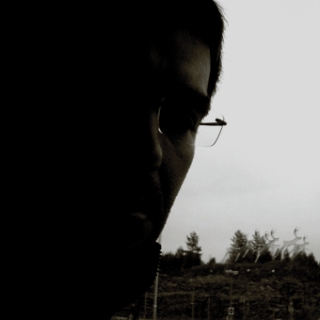We can draw a map of creativity in a space defined by two axis. One axis measuring the scale from individual to organizational and the other placing creativity's nature between formal/analytical and artistical.

As creativity tends to be near the artistic edge, it becomes more difficult to measure, to understand and to recognize. And arguing for such kind of creativity becomes extremely blur. In this edge, creative processes are not so constrained compared with the processes on the analytical edge.
Some works were done "under tremendous hangovers and drink; I sometimes hardly knew what I was doing."1 Francis Bacon also said that all his painting is accidental, even though at some point he has a sort of control of the accident as it becomes a selective process. It seems to Bacon that such methodology tend him to destroy all the better paintings once he tries and takes them further. He admits that if no one take the paintings away from the studio he probably would destroyed them all! This "accident process" is his creative process, and once it is not possible to recreate the accident his getting always something new, unique, which in his field is certainly appreciated. Anyway it is possible to define the boundaries and nature of these accidents, and present it as a strategy. Is it possible to bring such a strategy into design?
Unlike Bacon, who is obsessed with one perfect image, Mikkel McAlinden, a Norwegian photographer who's exhibition I had the chance to visit having the author as cicerone, seemed not so possessed with his work. It was possible to recognize some "artistic properties" as artists work to everyone and to anyone at the same time. At some extend, within artistic field, it seems much more important the narrative behind the work than the work itself. And that, I am quite sure, also happens with certain "design(er)s".
1 Sylvester, David (1988): Interviews With Francis Bacon: The Brutality of Fact, Thames & Hudson, NY

No comments:
Post a Comment